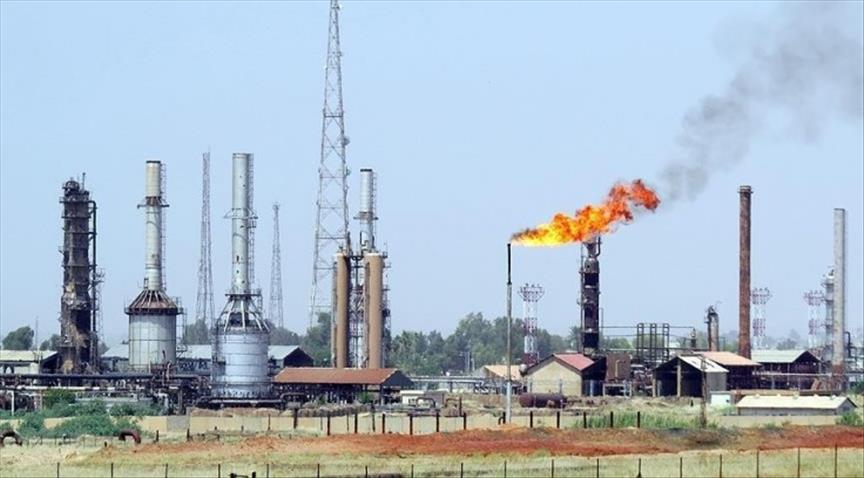Natural gas production in the U.S. reached its highest level in 2015 with 79 billion cubic feet (2.2 billion cubic meters) per day, the U.S.' Energy Information Administration said Friday.
With the shale revolution in 2008, the U.S. has rapidly increased its gas and oil production. In 2006, domestic natural gas production was around 45 billion cubic feet (1.3 billion cubic meters) per day, according to the EIA.
Although natural gas production in most of the U.S. states declined in 2015 due to low gas prices, this was offset by output increases in Pennsylvania, Ohio, West Virginia, Oklahoma, and North Dakota. These five states accounted for 35 percent of total gas production in 2015, the EIA said.
Although production in these states continued to increase in 2015, they were at a slower pace than in the previous years, the administration noted.
In Pennsylvania, year-over-year natural gas production growth fell from 2.6 billion cubic feet (78 million cubic meters) per day in 2014 to 1.5 billion cubic feet (45 million cubic meters) per day in 2015.
Natural gas production growth continued to rise in Ohio, with production increasing by 1.4 billion cubic feet (42 million cubic meters) per day in 2015, which was 41 percent higher than production growth in 2014.
'Most of the increase in Ohio's natural gas production is from the relatively less-developed Utica Shale play. Production from the Utica Shale will likely grow in the future,' the EIA noted.
In addition, total gas production in the U.S.' Gulf of Mexico grew by six percent to reach 3.6 billion cubic feet (108 million cubic meters) per day in 2015, and ended its decline of five consecutive years.
'The long-term decline in natural gas production from the Gulf of Mexico is likely the result of the higher cost of offshore production compared with onshore production. Historically, most Gulf of Mexico natural gas production has come from shallow water fields,' the EIA explained.
The administration noted that it expects the U.S. natural gas production growth to slow to 0.9 percent in 2016, due to low prices and decline in rig activity, but it forecasts growth increasing to 2.2 percent in 2017, as prices rise, industrial demand grows, and liquefied natural gas (LNG) exports increase.
By Ovunc Kutlu in New York
Anadolu Agency
ovunc.kutlu@aa.com.tr


